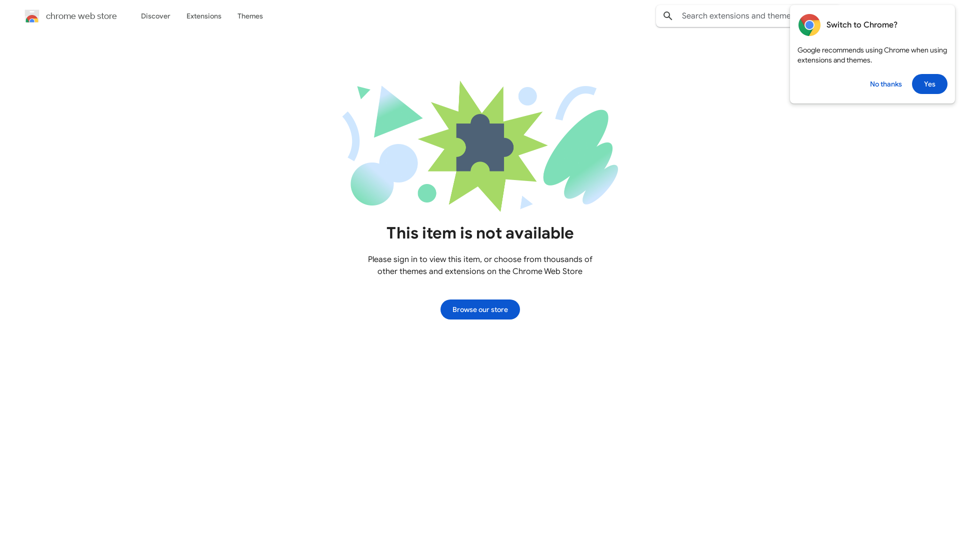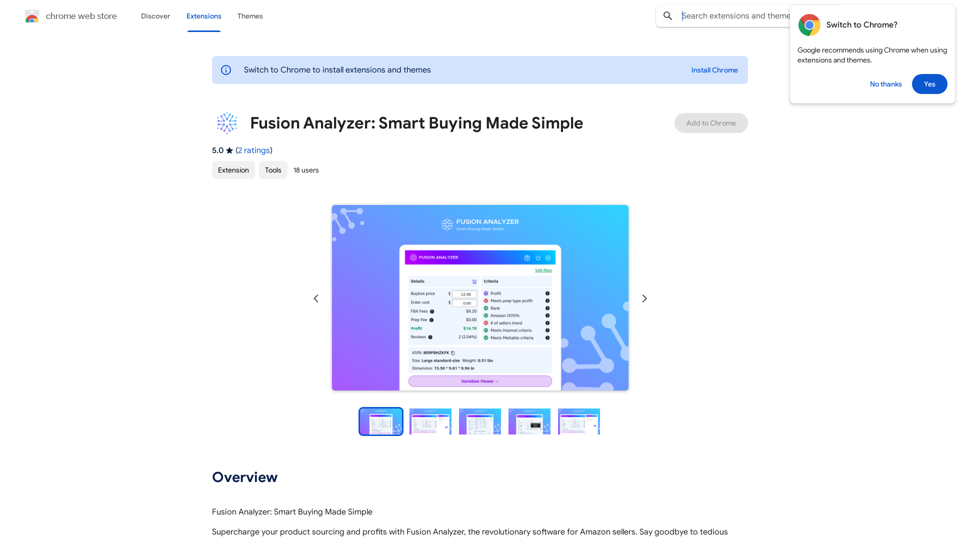AI Summary Pro is an innovative Chrome extension that leverages artificial intelligence to generate concise summaries of articles, texts, and web pages. This powerful tool enables users to quickly grasp essential information, supporting efficient research, learning, and decision-making processes. With customizable features and multi-language support, AI Summary Pro caters to a diverse range of users, from students to professionals, seeking to optimize their information consumption.
AI Summary Pro: Instant Text & Page Insights
Use advanced AI to get short summaries of articles, texts, and websites.
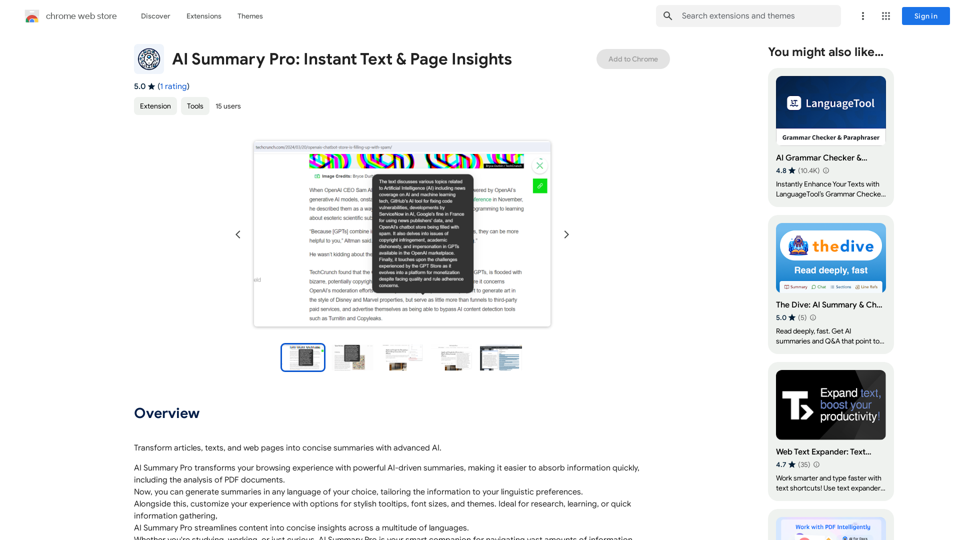
Introduction
Feature
Instant Text & Page Insights
AI Summary Pro swiftly analyzes and condenses content from various sources, providing users with quick access to key information. This feature is particularly useful for:
- Rapid information gathering
- Efficient research
- Time-saving content review
Customizable Experience
Users can tailor their summarization experience with:
- Stylish tooltips
- Adjustable font sizes
- Various theme options These customization options ensure a personalized and comfortable reading experience.
Multi-Language Support
AI Summary Pro offers summaries in any language, making it an invaluable tool for:
- International research
- Language learning
- Global information access
Easy Installation and Usage
- Add AI Summary Pro to Chrome from the Web Store
- Right-click to summarize selected text or entire pages
- Access options to set preferences
- Manage subscription through the extension icon
Trial Version
The trial version allows users to:
- Generate up to 10 summaries
- Summarize in English only
- Use a maximum of 100 tokens per summary
FAQ
What sets AI Summary Pro apart from other summarization tools?
AI Summary Pro distinguishes itself through:
- AI-driven summarization for accuracy
- Customizable user experience
- Multi-language support
- Seamless Chrome integration
How can AI Summary Pro benefit different user groups?
AI Summary Pro caters to various users:
- Students: Quick research and study aid
- Professionals: Efficient information processing
- Language learners: Multi-language summaries
- General users: Time-saving content consumption
What are the upgrade benefits for AI Summary Pro?
Upgrading AI Summary Pro offers:
- Unlimited summaries
- Multi-language summarization
- Enhanced features for uninterrupted use
- Removal of token limitations
Latest Traffic Insights
Monthly Visits
193.90 M
Bounce Rate
56.27%
Pages Per Visit
2.71
Time on Site(s)
115.91
Global Rank
-
Country Rank
-
Recent Visits
Traffic Sources
- Social Media:0.48%
- Paid Referrals:0.55%
- Email:0.15%
- Referrals:12.81%
- Search Engines:16.21%
- Direct:69.81%
Related Websites
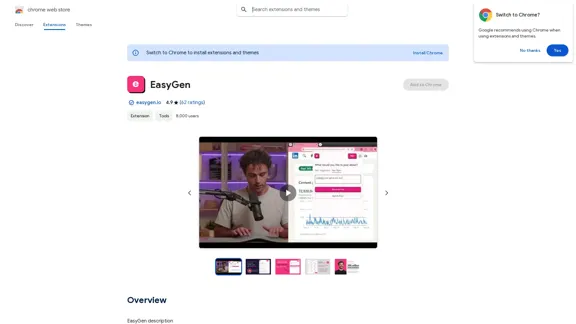
EasyGen is a powerful and user-friendly text generation tool that leverages advanced language models to create high-quality content across various domains. It offers a seamless interface for users to input prompts and generate coherent, contextually relevant text for a wide range of applications, including creative writing, content marketing, and academic research. Key features of EasyGen include: 1. Multiple language model options 2. Customizable generation parameters 3. Fine-tuning capabilities for specific use cases 4. Integration with popular writing and productivity tools 5. Real-time collaboration features EasyGen aims to streamline the content creation process, helping users save time and effort while maintaining high standards of quality and creativity. Whether you're a professional writer, marketer, or researcher, EasyGen provides the tools and flexibility needed to enhance your productivity and unlock new possibilities in text generation.
193.90 M
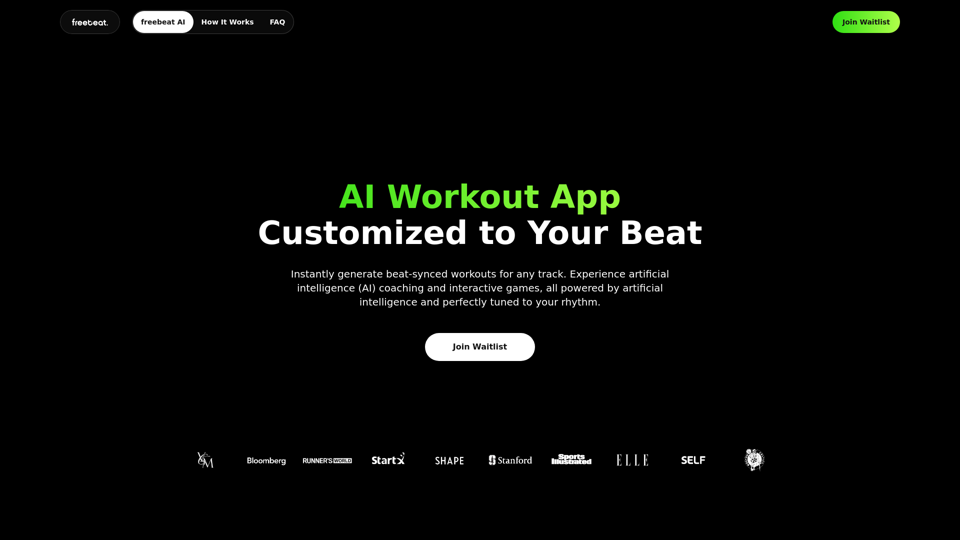
Freebeat AI Workout App, AI Coach & Planner | Fitness AI
Freebeat AI Workout App, AI Coach & Planner | Fitness AIEnhance your workout and sports routine with the best artificial intelligence workout app that syncs your workouts to music, offers real-time AI coaching. Receive advanced AI coaching and tracking from an AI workout planner. Explore fitness AI with the freebeat AI workout app!
273.37 K

Join http://Clonings.ai to create and interact with your own custom AI character. This innovative platform combines chat with personality. Connect, talk, and explore a one-of-a-kind chatbot experience designed just for you. Perfect for fans and influencers!
0
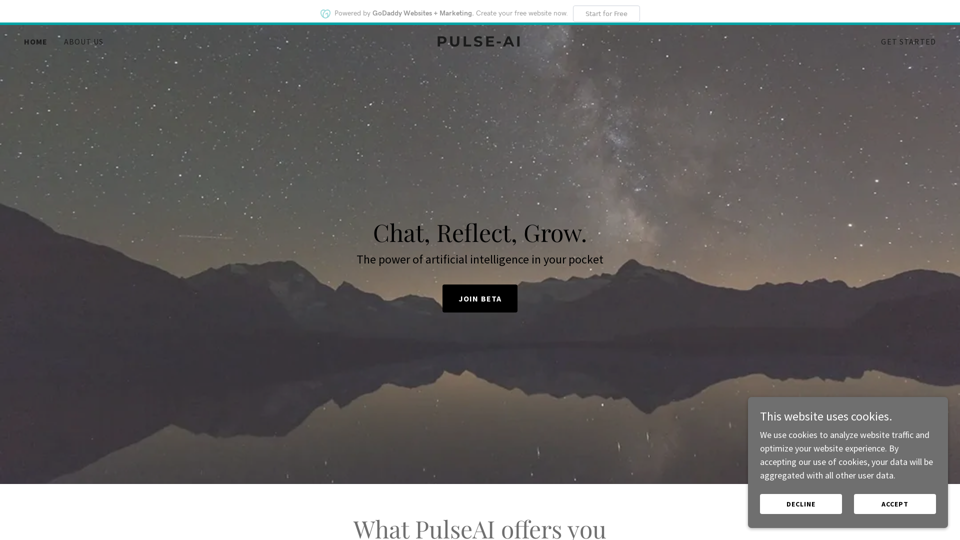
Pulse App AI Pulse App AI is an innovative artificial intelligence-powered healthcare platform that enables patients to take control of their health and wellness.
Pulse App AI Pulse App AI is an innovative artificial intelligence-powered healthcare platform that enables patients to take control of their health and wellness.The Power of Artificial Intelligence in Your Pocket
0
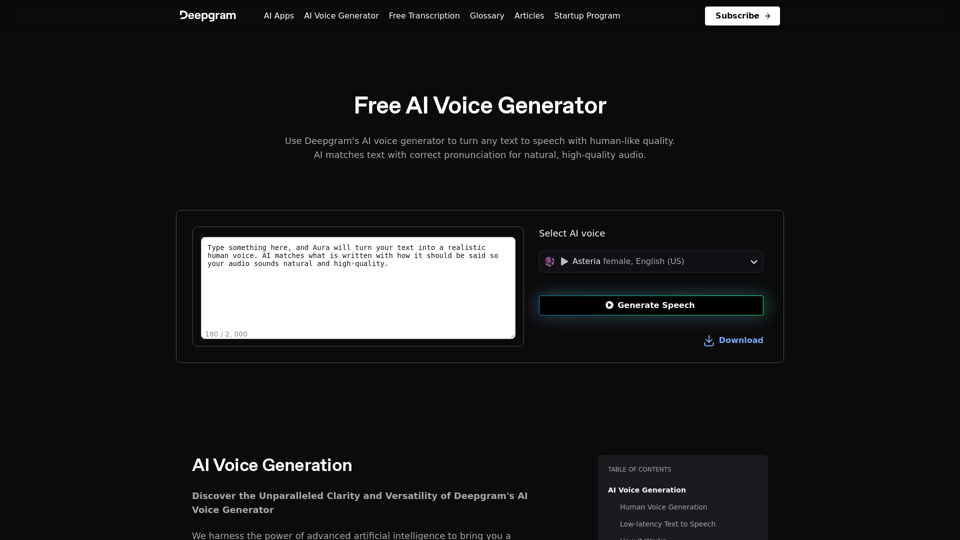
AI Voice Generator & Text to Speech | Deepgram Transform written text into natural-sounding speech with our AI voice generator and text-to-speech technology.
AI Voice Generator & Text to Speech | Deepgram Transform written text into natural-sounding speech with our AI voice generator and text-to-speech technology.Unlock the potential of Deepgram's AI Voice Generator. Experience natural-sounding text to speech for all your projects.
835.16 K
